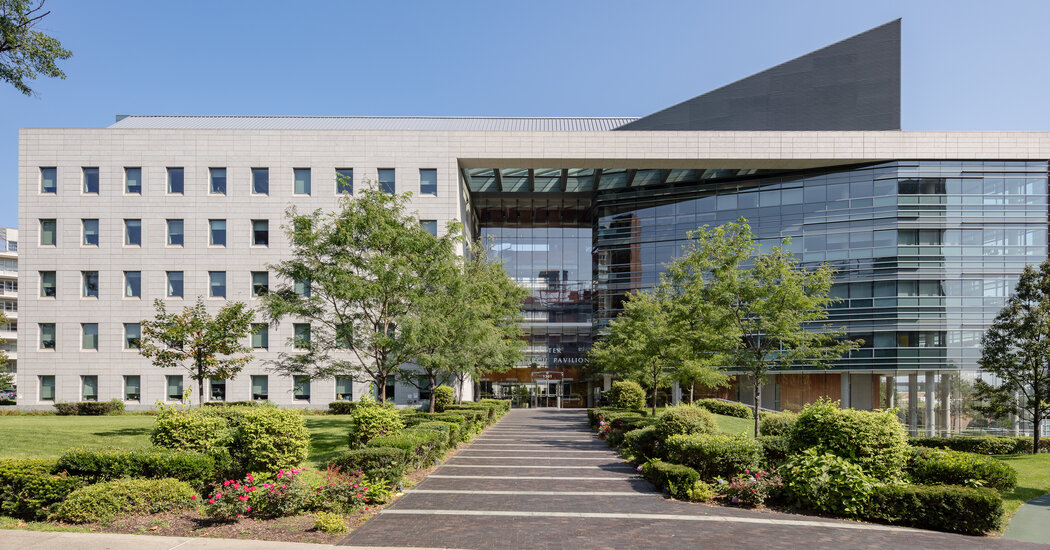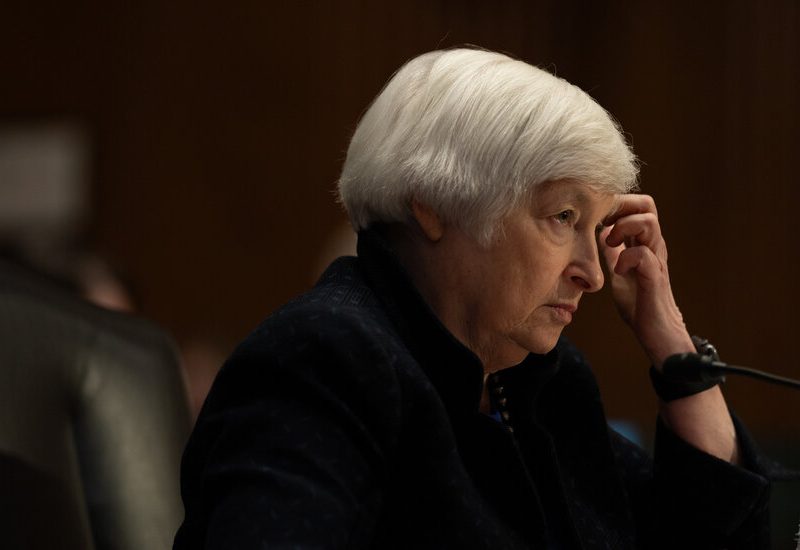For Trevor Barker, a first-year student at Albert Einstein College of Medicine in the Bronx, the $1 billion gift from a longtime former professor that will eliminate tuition at the medical school could well be life-changing.
Mr. Barker works two campus jobs and sends money home to his mother in California. He had expected to graduate hundreds of thousands of dollars in debt. But the free tuition has made him ponder new options for his career.
“I hadn’t really been able to consider family medicine, but I might want to,” he said.
Family medicine doctors do everything from delivering babies to caring for older people — usually in underserved communities. Mr. Barker said he might consider practicing medicine in the Bronx, even though doctors there generally earn less.
The billion-dollar donation by Dr. Ruth Gottesman made national news last week for its generosity and because of her life story. It also resonated because it did not go to a school in Manhattan, where top medical and educational institutions are regularly feted with gifts from billionaires.
Instead her gift went to the only medical school in the poorest and unhealthiest county in New York State: Einstein, a well-regarded medical school with over 1,000 students that is affiliated with a major hospital, Montefiore Medical Center. Almost immediately, doctors and health experts began to consider what effect it would have on health care in a borough with high rates of chronic diseases like diabetes and asthma, and with relatively few primary care physicians.
Dr. Gottesman’s gift is intended to help Einstein and its medical students and encourage more lower-income students to apply to medical school. It might also encourage students like Mr. Barker to practice medicine in the borough. And some health care experts and doctors were optimistic that the boon to Einstein would be felt beyond the campus, with a trickle-down effect that would eventually improve health care across the Bronx.
”It will have a profound effect on all of the Bronx because some of those students will stay in the community,” said Dr. Luisa Perez, an internist in the Bronx. “This is a win-win for everyone to have all that money allocated to the Bronx.”
But Dr. Vikas Saini, president of the Lown Institute, a health care think tank in Massachusetts, said the money would probably at best have “a marginal impact” on health care in the Bronx.
“Let’s not pretend that these one-off events that might do some small bit of good somewhere are the systemic solution, because they are not,” he said.
The least healthy borough
Year after year, the Bronx is ranked as the least healthy county in New York, coming in 62nd out of 62, according to County Health Rankings & Roadmaps, a project of the University of Wisconsin Population Health Institute that compares counties’ health metrics. By contrast, Manhattan ranked No. 7, Queens No. 12, Staten Island No. 21 and Brooklyn No. 22.
Within New York City, the Bronx has the highest rates of diabetes and the highest rates of childhood asthma. One in three deaths in the Bronx is classified as “premature,” meaning the person died before age 65; in the city overall, that rate is about one in four.
Access to health care and doctors can play a major role in reducing the toll of chronic diseases such as diabetes and hypertension. Diabetes, for example, can lead to lower-limb amputations and kidney failure. But the disease can be managed through lifestyle and dietary changes, medicine and blood sugar management — all things that primary care doctors try to address with their patients.
“The primary care physician prevents the disease from hindering patients to the point of amputation, or so they don’t end up in a wheelchair or going to dialysis three times a week,” said Dr. Perez, who is a member of SOMOS Community Care, a large network of physicians who work in underserved neighborhoods in New York City.
But even with far more doctors in the Bronx, the prevalence of chronic diseases would be difficult to reverse without also addressing complex factors that contribute to the emergence of health problems in the first place.
Many chronic diseases are rooted in socioeconomic conditions. The high toll of asthma in the South Bronx is linked to air pollution, diesel exhaust from truck traffic, cockroach particles, mold and other factors related to environmental and housing conditions.
Diabetes can often be prevented by eating a healthy diet, staying physically active and keeping weight in check. But that can be tough for people who work multiple jobs or have long commutes and limited meal options.
“The vast majority of those disparities have their origins in the conditions of life and social conditions that long precede the appearance of the illness,” Dr. Saini of the Lown Institute said.
Still, the messages coming from doctors can make a difference. They can encourage patients to exercise more and to make healthier choices where possible, such as drinking less juice, eating less rice or rinsing canned vegetables to reduce the sodium.
From 2015 to 2021, there was significant improvement in the Bronx’s ranking for “health behaviors” — which includes smoking rates, physical activity and diet, according to Charmaine Ruddock, project director at Bronx Health REACH, a community program that seeks to reduce health disparities. Ms. Ruddock said the improvements were the result of efforts by community groups as well as doctors and other health care providers.
A shortage of doctors
The Bronx has the fewest primary care physicians per capita of any borough. Asked whether they have a doctor, Bronx adults are more likely to answer no than those who live elsewhere in the city.
One factor is that the Bronx has a higher percentage of residents on Medicaid, which reimburses doctors at lower rates than private insurance. That translates to lower salaries for doctors. The number of primary care doctors per capita in the Bronx has increased significantly, however, over the past 15 years. It is now only slightly below that of Queens.
Yuliana Dominguez Paez, 24, a first-year medical student at Einstein, wants to do her part to change these statistics.
“I’m staying in the Bronx,” she said. As far as she knows, she is the only one of the 183 medical students in her class to have been raised in the borough. (About half the students in the class are from New York.) “I would like to stay here and really serve the community that has raised me.”
The question is whether others will join her.
Dr. Rikhil Kochhar, an internist in the Bronx, believes the donation could lead to more primary care doctors and pediatricians working in the Bronx. “I think if you remove those financial pressures of medical education, it’s going to encourage doctors to remain in these areas,” he said.
Others weren’t so sure. Dr. Saini of the Lown Institute said that the donation would help those “who already have their heart set on becoming primary care doctors” follow through.
But he doubted that making medical school free was going to persuade many students to rethink pursuing more lucrative career paths or keep them close by when they graduate. “It won’t change the incentive structure,” he said.



